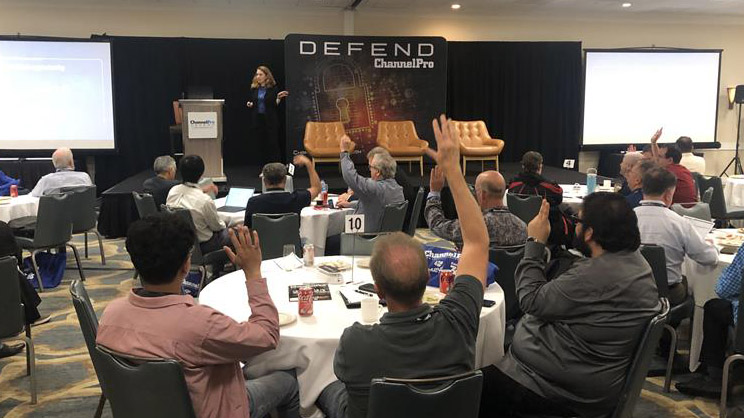It’s more than remotely possible to build an MSP business or IT consultancy with 100% remote workers, contractors, and partners. In fact, done correctly, it can help you grow faster and extend your reach beyond a region, state, or even a country. The key to managing this type of organization is hiring the right employees and tapping into both your peer network and the ecosystem of MSPs and consultants.
As a serial entrepreneur, I’ve started and successfully exited several IT companies, as well as folded a few. I always wanted the pride of having full-time, W-2 employees working in-house. While there are certainly advantages to this model, in retrospect, it was short-sighted when it comes to growing a business quickly.
So, when I launched Noverus Innovations in 2011, I spent the first year building out policies and systems and getting tools in place. This was the foundation to run the company. When Noverus was ready to take on customers, I turned to contractors before I hired staff.
Today, Noverus’ core positions — dispatching, help desk, NOC, sales, and accounting — are staffed with full-time, remote employees. For service calls and projects that require a technician on-site, we utilize and manage a trusted pool of contractors who follow Noverus’ processes, share our core values, and provide high-quality work for our customers.
This business model has allowed us to expand our geographic reach and tap into a limitless customer pool, which in turn, has accelerated growth. We’ve been doubling revenue year over year and we expect to continue that trend over the next few years at least.
Ins and Outs of Contracting and Partnership
In the right circumstances, using contractors and partners can be cost effective and stretch a dollar. Outsourcing isn’t cheap though—I pay competitive rates so my customers get prime attention—but you don’t have the overhead that comes with an employee.
The best place to find trusted contractors and partners is through your ecosystem of peers, industry groups, previous employees, and co-workers. Don’t use contract boards or just hire someone for a one-off task. Look for fellow MSPs in your strategic growth locations.

Stephen Monk
For Noverus, The ASCII Group has been a great source of quality people. I used to be afraid of partnering and sharing information with potential competitors, but have learned through the ASCII community that sharing knowledge and helping each other out is good for everybody’s business.
Successful outsourcing is all about building relationships. Get to know people before making them part of your team, which includes background checks and personality tests. Make sure they’ll mix well with your staff and customers. Once they’re onboard, treat them like employees.
The contracting relationship can be reciprocal too. For example, we do low-voltage contracting and provide A/V expertise for quite a few peers.
The important thing is to make it a win-win. Analyze the dollars to ensure it’s a wise investment. Here’s the tipping point: When you start using a contractor 20 hours a week or more in a particular area, you should consider hiring an employee.
Building the Remote Team
Noverus went with a remote workforce early on, which has also been key to our growth. Look for employees with the right personality to work and thrive remotely. The most challenging aspect of remote workers is retention, so we try hard to make everybody feel like a crucial part of the team. That includes providing the same opportunities for remote employees as we would for on-site employees.
A big aspect of the remote team experience is the tools we use. We lean heavily on videoconferencing and video chat for communicating and developing camaraderie; it also enables you to pick up on facial expressions and body language that you might miss in a phone call or email.
Finally, I travel regularly to meet with customers, and will take that opportunity to visit with remote staff and contractors who are integral to helping us build a business without borders.
STEPHEN MONK
CEO, Noverus Innovations
- Founded: 2011
- No. of Employees: 25 full-time remote and contractors
- Location: Roseville, CA
- Website: noverus.com
- Company Focus: To help companies realize IT as a catalyst versus an evil necessity
- Professional Memberships: ASCII Group (Advisory Committee Member); CharTec; CompTIA
- Recommended Book: Blue Ocean Strategy: How to Create Uncontested Market Space and Make Competition Irrelevant by W. Chan Kim and Renee Mauborgne (Gildan Media, 2005)
- Favorite Part of My Job: Hearing from a client how we were able to not only help them relieve some stress but give their business a boost so they can thrive
- Least Favorite Part: Dealing with all the corporate nitty gritty stuff needed to keep the business moving forward
- What People Would be Surprised to Know About Me: While I have over 25 years in the industry — started my first company at 15 and owned several businesses over the years — I have yet to hit my 40s.
Image: Rafael Ortega












